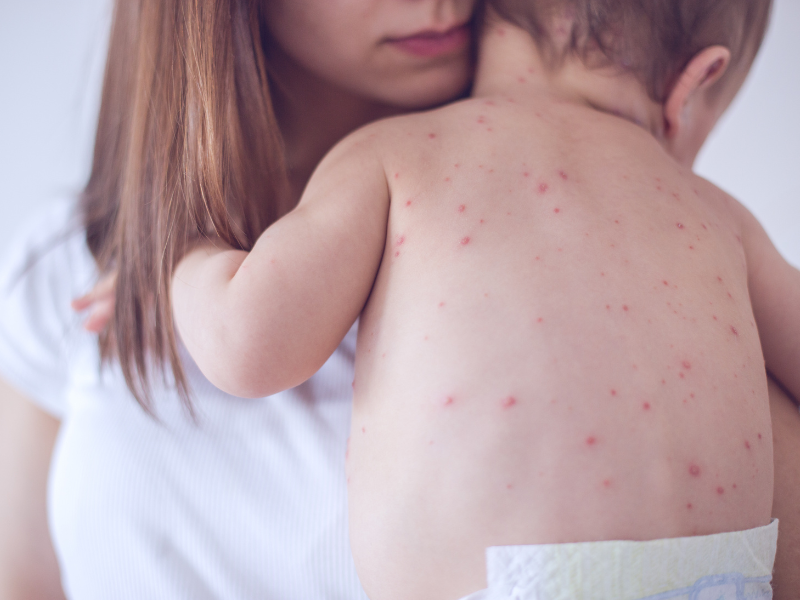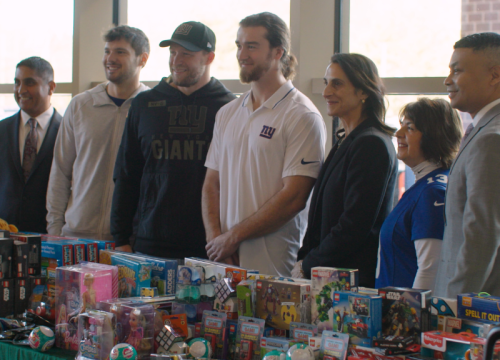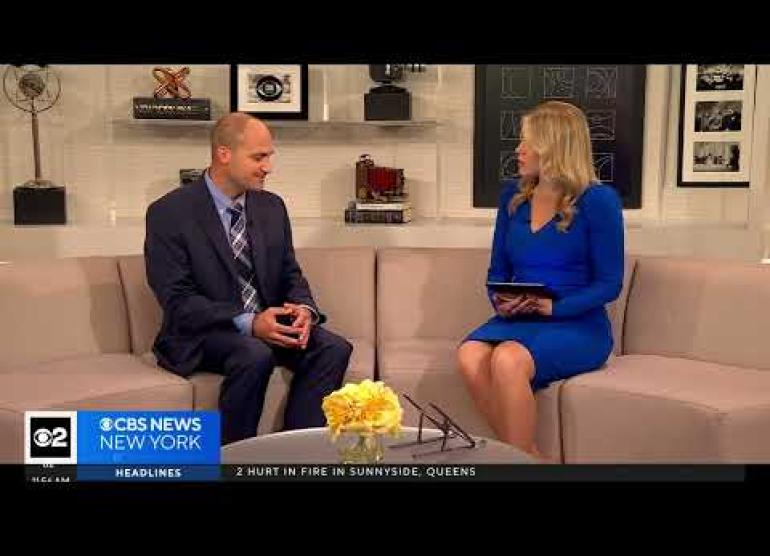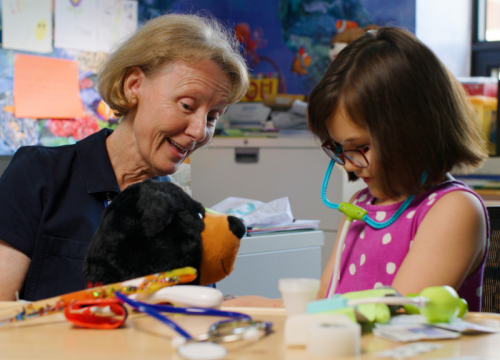
According to the Centers for Disease Control and Prevention, as of the start of April 2025, the United States has had a total of 607 confirmed cases so far this year, compared to last year’s total of 285.
What is Measles?
Measles is a viral infection most commonly seen in unvaccinated individuals. Currently, an effective antiviral therapy is not available. If infected, treatment may include supportive care and high-dose vitamin A supplementation, which, when given promptly after diagnosis, may help reduce the risk of complications.
What are the Symptoms?
Measles is identified by the “3-C’s” – cough, coryza (runny nose), and conjunctivitis (pink eye). A high fever is typically an early symptom, followed by small, whitish spots with a red center that appear in the mouth. A red blotchy rash usually appears 2 to 4 days after symptoms begin, starting at the scalp line. The virus can spread before symptoms appear and remains contagious for up to four days after the rash emerges.
Who Is Most at Risk?
Unvaccinated individuals, especially children, are at risk of getting measles. The virus is highly contagious and spread through the air when an infected person coughs or sneezes. The virus can linger in the air for up to two hours.
How Can I Protect Myself and My Family From Measles?
The most effective way to prevent measles is through vaccination, which is administered in two doses. The first dose should be administered at 12 months, while the second dose should be administered at 4 years old.
If you have any questions or would like to schedule a vaccination, please contact your pediatrician or the VMG - Pediatrics team.
















